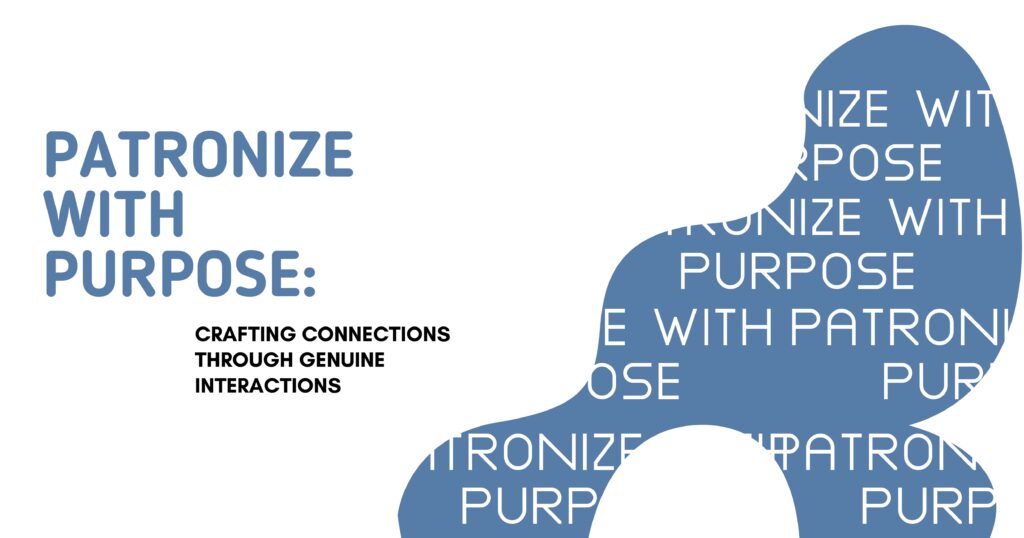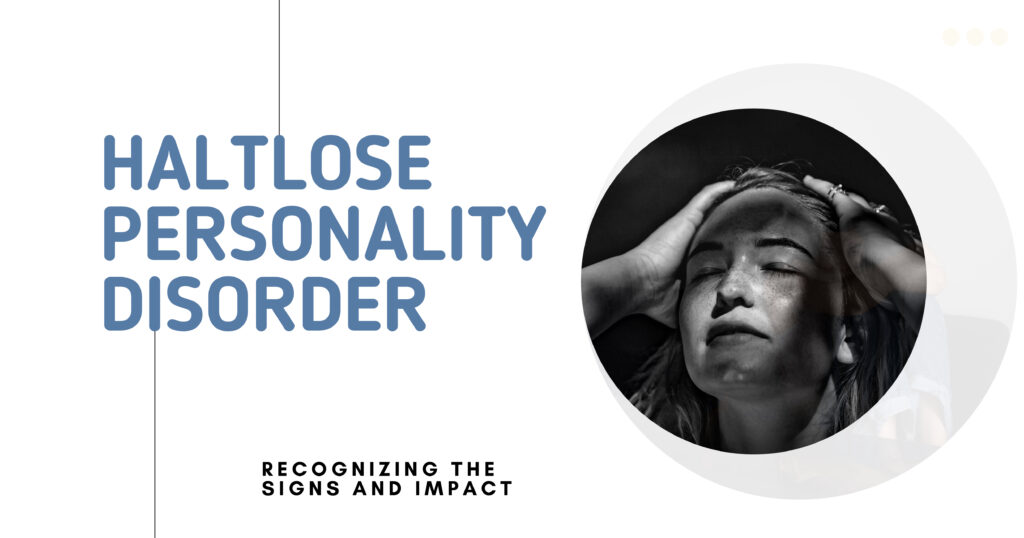Building authentic connections is at the heart of every healthy relationship—whether personal, professional, or in business. Yet, the word patronize often carries a double-edged meaning. For some, it reflects loyalty, support, and care. For others, it hints at condescending remarks or actions fueled by a sense of superiority. This tension makes understanding the patronizing meaning crucial in learning how to navigate communication with respect and intention.
In a place like San Diego, where community and mental health services play a vital role in shaping everyday lives, choosing to patronize with purpose is about more than transactions—it’s about cultivating genuine human interactions. Let’s unpack this word, explore its layers, and discuss how it can serve as a bridge instead of a barrier.
How to Define Patronize?
The first step in exploring patronize meaning is recognizing that the word has both positive and negative connotations. At its core, to patronize means to frequent or regularly support a business or service. For example, when someone says they patronize a local coffee shop, it simply means they are a loyal customer who supports the establishment consistently.
However, the word also has a darker side. To patronize someone can mean speaking in a way that suggests they are less capable, less knowledgeable, or inferior. In this context, the term aligns with being condescending or displaying a sense of superiority. Understanding this duality allows individuals and organizations alike to consciously choose the positive form of patronizing while steering clear of the negative one.
The National Library of Medicine discusses how condescending explanations (e.g., explaining things someone already knows) convey a sense of superiority and are often perceived as patronizing.
San Diego Mental Health
What Does It Mean to Patronize? Analyzing Synonyms and Related Terms
The richness of the English language often gives rise to multiple interpretations of the same word. When we explore synonyms and related terms for patronize, its complexity becomes clear.
In a positive sense, it is associated with:
- Support. Standing behind a cause, organization, or business.
- Sponsor. Offering financial or moral backing for growth.
- Frequent/Regular. Visiting consistently, creating dependable relationships.
In a negative sense, the word overlaps with:
- Condescending. Talking down to others, even if unintentionally.
- Superiority. Behaving as though one’s knowledge or position grants them authority over others.
When placed side by side, the positive and negative meanings demonstrate why patronize meaning is often misunderstood. The key lies in intention and delivery—whether one seeks to uplift or diminish.

Common Misinterpretations and Misuses of Patronizing Behavior
One of the most common mistakes is assuming that patronizing behavior always comes from a place of malice. More often, it stems from unconscious communication patterns. For instance, offering excessive praise to an adult for completing a simple task can feel condescending, even if the speaker intended to encourage.
Another frequent misuse happens in customer service. A business may truly want to support its clients but in trying too hard, ends up speaking in a tone that suggests a lack of respect for the customer’s intelligence. This is where patronizing meaning takes on negative undertones, creating barriers instead of trust.
Psychologists highlight the impact of language in shaping perception. According to the American Psychological Association (APA), the way words are delivered often matters more than the words themselves. This insight emphasizes why intent alone isn’t enough it’s how others interpret the interaction that truly defines it.
Cultural and Contextual Takes on Patronizing Behavior
Culture plays a significant role in shaping how people perceive patronizing behavior. In some communities, offering guidance or instruction is viewed as supportive. In others, the same tone may be seen as condescending or arrogant.
For instance, in collectivist cultures, offering support may be celebrated as an act of care. Meanwhile, in highly individualistic cultures, such gestures might be misinterpreted as undermining independence. Similarly, workplace dynamics can shift the perception. A manager who gives too much “handholding” may unintentionally communicate superiority, leaving employees feeling underestimated.
This cultural lens underscores the importance of empathy. To truly patronize with purpose, one must pay attention not only to what is said, but also to how it resonates with the listener.
San Diego Mental Health
Practical Examples of Patronizing in Everyday Life
In real-world settings, examples of patronizing behavior are easy to spot once you know what to look for.
Here are some scenarios:
- A teacher speaking to high school students as though they are preschoolers.
- A friend offering backhanded compliments that highlight flaws more than strengths.
- A business that markets to customers by assuming they lack basic knowledge about a product.
- A colleague who consistently interrupts, prefacing corrections with “Well, actually”
But patronizing isn’t always negative. Consider a family that continues to frequent a neighborhood bookstore to support the owner. Or a company that chooses to sponsor a local charity event to strengthen community ties. These are instances where the act of patronizing demonstrates commitment and care rather than superiority.
Comparing Positive and Negative Patronizing Behaviors
To clarify how the same word can create vastly different experiences, here’s a side-by-side comparison:
| Positive Patronizing | Negative Patronizing |
| A customer consistently frequents a local café to show support. | A person talks down to a peer as though they lack intelligence. |
| A company chooses to sponsor a community event to contribute value. | A manager communicates instructions with excessive superiority. |
| Friends encourage one another’s progress in meaningful, respectful ways. | A colleague uses sarcasm that comes across as condescending. |
This table demonstrates why patronizing meaning can’t be understood in isolation—it requires context, tone, and intent.
Avoid Patronizing in Conversations at San Diego Mental Health
At San Diego Mental Health, the mission goes beyond helping individuals heal—it’s about fostering meaningful connections built on dignity and respect by avoiding patronizing behavior in conversations. When clients reach out, they deserve to feel heard, not condescended to, which is why communication strategies emphasize active listening, validating experiences, and responding with empathy instead of superiority.
By listening to understand rather than just reply, avoiding unnecessary over-explanations, using affirming language, and replacing assumptions with open-ended questions, San Diego Mental Health creates an environment where people feel genuinely supported instead of judged.
Learning to patronize with purpose requires consistent, intentional practice, but every interaction offers the chance to uplift rather than diminish, making way for healthier and more authentic relationships.
Ready to strengthen your connections and foster genuine interactions? Contact San Diego Mental Health

San Diego Mental Health
FAQs
What does “patronize” mean, and how can it be used in positive interactions?
To patronize means to frequent, support, or sponsor a business, cause, or person. When done with respect, it fosters loyalty and community.
How can a business avoid being perceived as condescending or showing superiority in its customer relationships?
Businesses can focus on empathy, clear communication, and treating customers as knowledgeable partners rather than outsiders needing correction.
What is the difference between supporting a customer and patronizing them?
Supporting a customer uplifts and respects their choices, while patronizing in a negative sense implies condescension or superiority.
How can businesses build meaningful connections with regular customers without crossing into patronization?
By listening actively, showing appreciation, and ensuring communication feels collaborative rather than one-sided.
Why do businesses need to sponsor or support their customers with genuine interactions, rather than just treating them as frequent patrons?
Because loyalty grows from authenticity, sponsoring and supporting customers with genuine care creates stronger long-term relationships than simple transactions.








